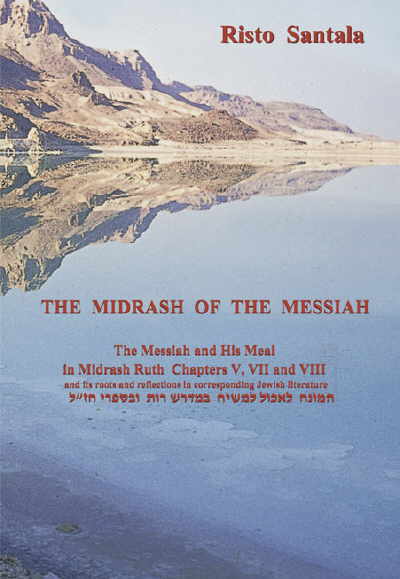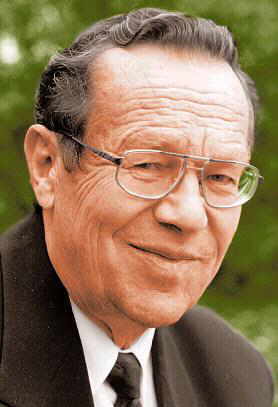 |
|
The whole book "The Midrash of the Messiah" now available as pdf-file (2828 kt). Also in Russian МИ РАШ О МЕССИИ (in Russian) as pdf-file |
| The dilemma of Midrashic
studies.
The first Midrash essay in Israel was done by Myron Bialik Lerner in 1971. In his study about Midrash Ruth he "made an attempt to save one of the principal Midrashim of the Bible". Sten Hidal from Lund challenged the writer with his statement that this Midrash would not be an exception in the Jewish literature, "and where lies its speciality if it has any". The leading authority in Midrashic studies, Jacob Neusner answers to this problem. He gives his characterization of Midrash Ruth: "Our document has only one message, which is expressed in a variety of components but single and cogent - the Messiah out of Moab." "This is the message of the document, and I think, seen as a whole, the principal message, to which all the other messages prove peripheral." |
||
|
||
| The main dilemma in these studies derives from the difficulty entailed in gaining accessibility to these sources. Prof. Gottlieb Klein complained politely about the "prophet and universal genius" of this trend in research, A. Harnack, from whom he says he had learned the most, that he "was not able to move independently in the area of Rabbinic literature." Our study has corresponded to the aim of Midrash - which according to the definition of Renée Bloch seeks to reinterpret and actualize a given text of the past for present circumstances. |
